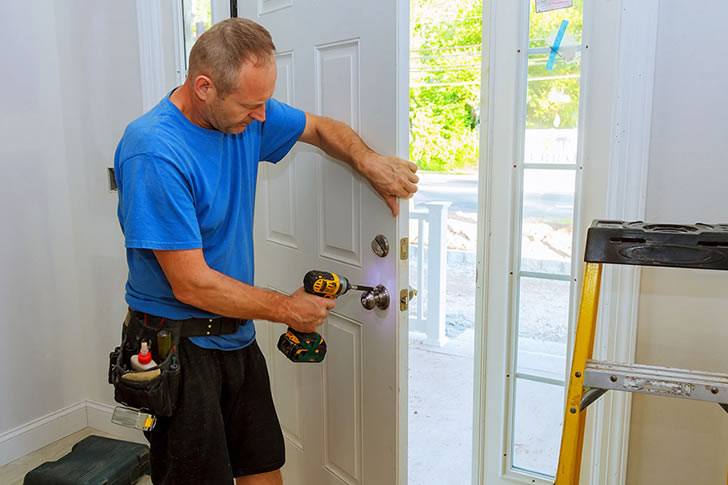How to Get Cheap Door Replacement for Seniors
For seniors, maintaining a home can be both necessary and costly, especially when it comes to essential improvements like door replacement. However, the expense can be daunting. Fortunately, there are several strategies and resources available to help seniors in the United States manage these costs and even find ways to reduce them significantly.

Understanding the Costs of Door Replacement
The cost of replacing a door varies widely depending on the material, design, and whether the frame needs repair or replacement. On average:
Standard interior doors can cost anywhere from $50 to $500.
Exterior doors, which are typically made of more durable materials to withstand the elements, can range from $500 to $2,000.
High-end options, like fiberglass or solid wood, can cost upwards of $2,000 or more.
Installation costs also vary, typically ranging between $100 and $300 per door but can be higher if structural modifications are required.
Tips for Reducing Costs
- Evaluate Your Needs
Determine whether you need a full door replacement or if simpler repairs can address your issues. For minor issues like drafts, replacing weather stripping or installing a door sweep might suffice. - Choose the Right Material
While solid wood doors are attractive, materials like steel or fiberglass offer durability at a lower cost and require less maintenance. They also tend to provide better insulation, which can save on energy costs. - Look for Discounts
Many companies offer discounts to seniors. Always inquire about a senior discount when obtaining quotes. Moreover, check with local hardware stores or suppliers who may offer discounts on last season’s models or discontinued stock. - Take Advantage of Grants and Assistance Programs
Several programs can help seniors with home renovations:
The Weatherization Assistance Program (WAP) provides funding to improve the energy efficiency of homes of low-income families and includes seniors.
Area Agencies on Aging (AAA) often have connections to local grants and services that can reduce the financial burden of home maintenance. - DIY When Possible
If you’re handy and the door replacement is straightforward, consider doing it yourself. This can save you the cost of labor. Many home improvement stores offer classes or guidance on simple home projects. - Shop Around
Get quotes from several contractors to compare prices and services. Also, don’t hesitate to negotiate prices or ask for a price match if you find a cheaper quote elsewhere. - Utilize Tax Credits
For energy-efficient door replacements, you may qualify for state or federal tax credits. These can offset some of the costs. The details change frequently, so check the latest IRS updates or consult with a tax professional.
Financing Options
For seniors who cannot pay out of pocket, there are financing options specifically geared towards home improvements:
- Home Equity Loans or Lines of Credit: These allow you to borrow against the equity in your home.
- Personal Loans: Banks, credit unions, and online lenders offer personal loans that can be used for home improvements.
Conclusion
Replacing doors in your home doesn’t have to be prohibitively expensive for seniors. By assessing needs, choosing materials wisely, seeking out discounts, and taking advantage of available programs, seniors can make necessary home improvements affordably. Planning, researching, and a bit of savvy shopping can lead to substantial savings, making your living space safer and more comfortable without straining your budget.







Recent Comments